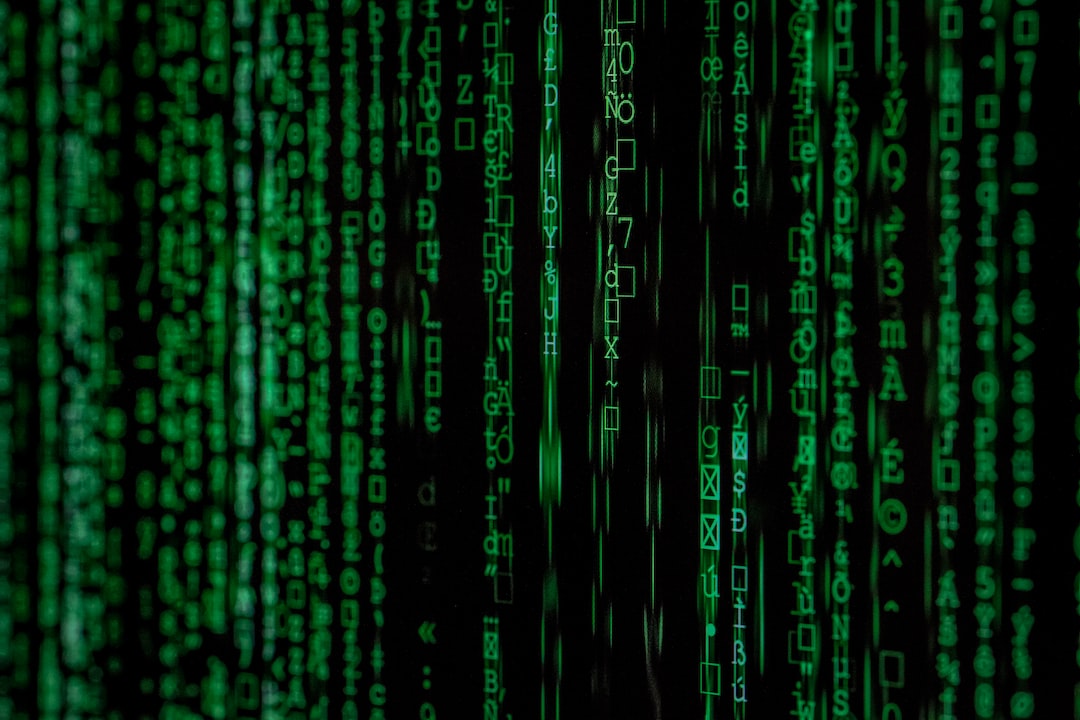The Internet of Things (IoT) is transforming the way we live, work, and now, even how we receive healthcare. The Internet of Medical Things (IoMT) is a subset of IoT that is revolutionizing the healthcare industry by seamlessly connecting medical devices, software applications, and healthcare systems.
The adoption of IoMT is not only increasing the efficiency and accuracy of healthcare delivery but also enhancing patient outcomes and experiences. According to a report by Allied Market Research, the global IoMT market is projected to reach a staggering $142.45 billion by 2026, growing at a compound annual growth rate of 26.7% from 2019 to 2026. This rapid growth is a testament to the transformative power of this technology.
One of the primary advantages of IoMT is remote patient monitoring. Traditionally, patients would need to visit a healthcare facility for routine check-ups or to monitor chronic conditions. With IoMT, medical devices such as wearable sensors or smart implantable devices can continuously monitor vital signs, blood glucose levels, or even detect abnormal heart rhythms. This real-time data is then transmitted securely to healthcare providers, allowing them to remotely monitor patients’ health and intervene if necessary. This not only reduces the burden on healthcare facilities but also enables patients to manage their conditions from the comfort of their own homes, leading to better patient compliance and satisfaction.
In addition to remote monitoring, IoMT improves healthcare delivery through telemedicine and telehealth services. With the advent of high-speed internet and advancements in telecommunication technologies, healthcare providers can now reach patients in remote or underserved areas, eliminating the need for patients to travel long distances for consultations or specialized care. Videoconferencing platforms and secure messaging applications enable healthcare professionals to provide virtual consultations, diagnoses, and even prescribe medications. This not only increases access to healthcare but also reduces healthcare costs and improves patient outcomes.
Furthermore, the implementation of IoMT in hospitals and healthcare facilities enhances patient safety and operational efficiency. Through the integration of medical devices, electronic health records (EHRs), and analytics software, healthcare providers can track and manage patient data in real-time. This technology enables automated patient tracking, medication administration, and inventory management, reducing errors and improving workflow. For example, smart infusion pumps can automatically wirelessly transmit data to EHRs, reducing the risk of medication errors and improving the speed and accuracy of documentation. As a result, healthcare staff can focus more on patient care rather than administrative tasks.
Despite its numerous benefits, the adoption of IoMT is not without challenges. Privacy and security concerns are perhaps the foremost challenges in implementing IoMT. Patient data, especially medical data, must be protected from unauthorized access or breaches. Healthcare organizations must prioritize implementing robust cybersecurity measures, such as encryption and secure network protocols, to ensure patient confidentiality is maintained.
Additionally, interoperability between different IoMT devices and healthcare systems remains a challenge. Standardization of communication protocols and data formats is crucial for seamless integration and data exchange between devices. Government regulations and industry collaborations are essential to drive the adoption of common standards and ensure compatibility and interoperability.
In conclusion, the Internet of Medical Things is rapidly revolutionizing healthcare delivery. From remote patient monitoring to telemedicine and hospital operations, IoMT is improving access to care, enhancing patient experiences, and increasing operational efficiency. As the adoption of this technology continues to grow, it is imperative for healthcare organizations, policymakers, and technology providers to work together to address the challenges and harness the full potential of IoMT. The future of healthcare is undoubtedly interconnected, personalized, and driven by technology.

